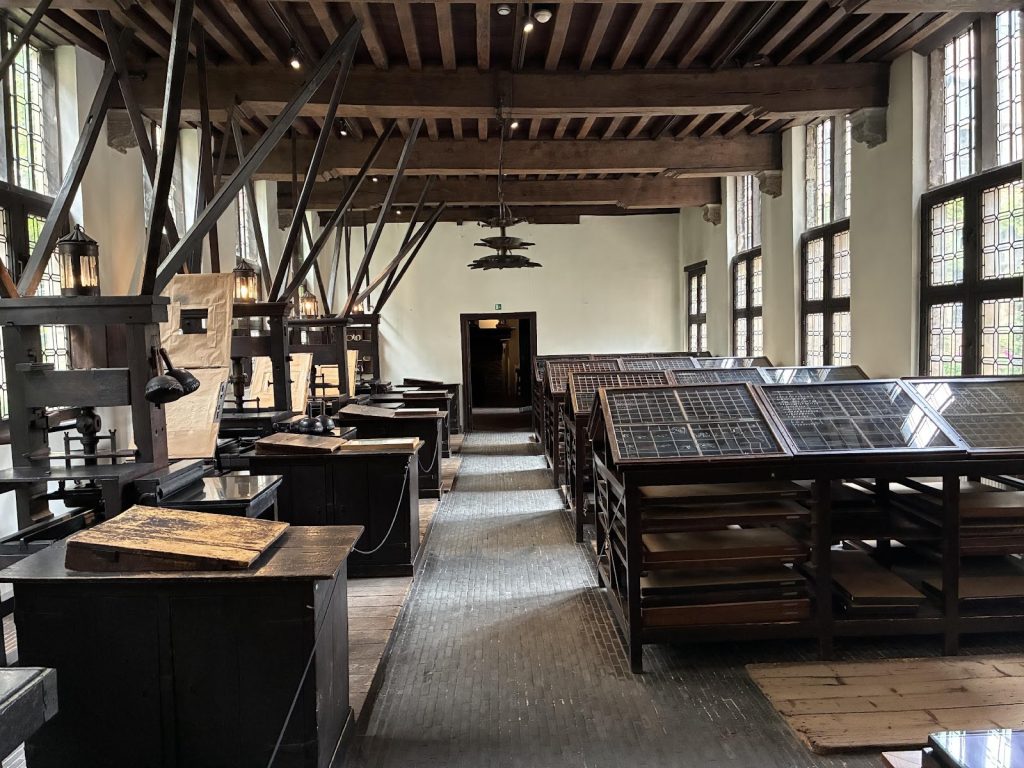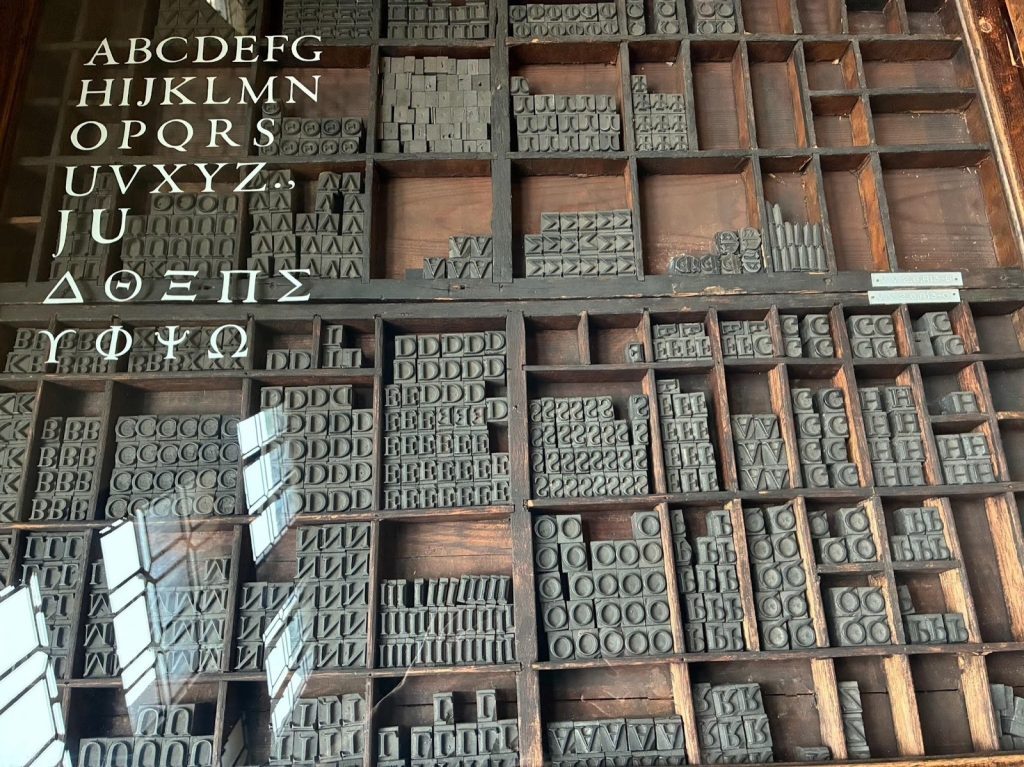It is autumn in my corner of the world, and we are blessed here in the northeastern U.S. by dramatic seasonal changes that show off nature’s beauty in all its phases. The fall trees, in their reds, burnt oranges, and golden leaves, are magnificent. The changing seasons always highlight how quickly time moves along and how frequently change occurs.
As much as I love fall, I am always wistful to see the passing of warmth and outdoor weather. And at the same time, I know that the changing of external states mirrors the changing of spiritual states. Not all parts of the world experiences these seasonal changes as distinctly, but we all experience changes of states in a day: we always come to night. We human beings are not designed to remain in one state forever, even a very happy one.
This reality is in part on my mind because I was appreciating the especially sweet and tender reconnection with my husband after a tense week. It’s not that we must have disagreements or misunderstandings in order to be close, but rather that overcoming those misunderstandings—and seeking to find each other again after disconnection—brings a special intimacy.
I am reminded that we are told that even angels in heaven experience state changes:
“…the delight of life and of heaven that angels enjoy because of the love and wisdom given them by the Lord would gradually pall if they were constantly engaged in it, the way it happens for people who are involved in pleasures and enjoyments without variety… Further, by these alternations of delight and discomfort, their perception of and sensitivity to what is good become more and more delicate.” Heaven and Hell 158
It is helpful for me to remember that if we were constantly suspended in summer perfection–externally and internally–we would actually grow bored, or at least unappreciative. When we don’t have to work to improve our connections with others we can start to take them for granted, and miss out on the special closeness that comes after struggle. We can experience greater delight when we have walked through discomfort.
I was recently asked to share some of my favorite passages from the Word. I’ve been appreciating how the ones that came to mind this time include both old favorites and others that occurred to me in the moment. The Word is, of course, written to reach us in all of our states, and I am drawn to those that speak to where I am—and what I need from the Lord—right now. My understanding is that this is why the Word includes some of the very ugly and difficult stories: the whole breadth of the human experience, in all its states and struggles, is known by the Lord, and He seeks to speak to us and lead us through each of them.
I wanted to end by sharing the passages that are speaking to me in this season and moment, in this state. If you are inspired, I would love to hear yours too!
“Then He took the child by the hand, and said to her, “Talitha, cumi,” which is translated, “Little girl, I say to you, arise.” Mark 5:41
“And he showed me a pure river of water of life, clear as crystal, proceeding from the throne of God and of the Lamb. In the middle of its street, and on either side of the river, was the tree of life, which bore twelve fruits, each tree yielding its fruit every month. The leaves of the tree were for the healing of the nations.” Revelation 22:1-2
“Freely you have received, freely give.” Matthew 10:8
“So he answered, “Do not fear, for those who are with us are more than those who are with them.” 2 Kings 6:16

